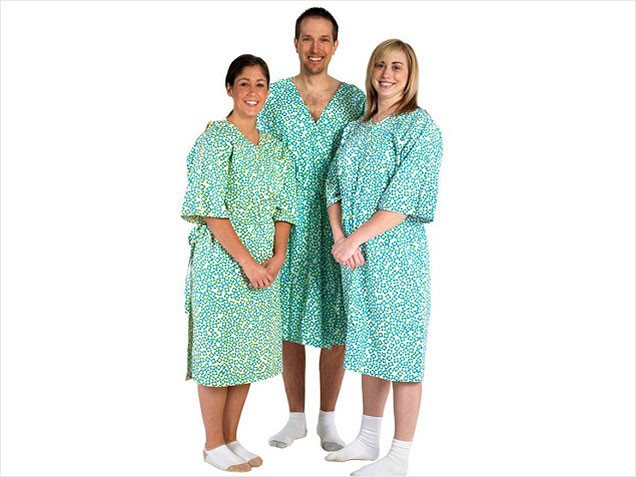Workshop: Designing the Ideal Healthcare Experience
By Rock Health Intern Jess Hershfield
Watch the full video below, or read on for our recap
There is no question that the current healthcare system has seen a shift to methods that neglect the emotions of patients and their families, pushing aside experience for speed and efficiency. However, if we truly want to revolutionize healthcare, we need to not only improve the processes, but also address the needs of the patient.
Last Thursday, we were privileged to host a pioneer in the field of patient experience, both in her role as Chief Experience Officer of the Cleveland Clinic and currently as the CEO of Experia Health, Dr. Bridget Duffy. She shared guiding principles designed to help entrepreneurs build businesses and products that are empathetic, memorable and put the patient at the center. Read on for her pearls of wisdom.
Mentors
Bridget believes that in order to be successful, you must find a mentor (or mentors) that will help guide you through your work journey, and always have your back. She explains that the entrepreneurial path can at times be very lonely, and those mentors are important to help you through difficult periods in your career.
Focus on what matters most
Listen to your patient or customer’s voice closely, and understand how they are feeling. Bridget gave the example of the hospital gown, which patients felt stripped them of their dignity from the moment they stepped into the hospital room. So, Bridget took this feedback and collaborated with Diane Von Furstenberg with the intention of redesigning the gowns. What developed was a new hospital gown that restored the patient’s dignity and respect, rehumanizing the healthcare experience.
Take a walk in your customer’s shoes
Don’t just listen; really understand the nuances of your patient’s experience. She explained how one hospital CEO spent days walking in the shoes of her employees, to truly understand the hospital workflows. She learned that the employees were so bogged down with processes and technology that they had little time to spend on patient experience. By physically placing herself in the environment, she learned that in order to optimize the patient experience, she first had to optimize the employee experience. What she needed was process improvement to ease the burden of the employee’s job, and get them back to the bedside.
Efficiency + empathy = healing process
Bridget’s third pearl of wisdom is encompassed by the above equation. She believes that the healthcare industry often only looks at how to save time and money. In addition, the industry should also focus on infusing empathy within the spectrum of care. If we can do both, then we can greatly improve the human experience.
The sacred moment
An example of this equation in practice is what Bridget calls the “sacred moment”. In a typical hospital, when a patient is admitted they are bombarded with forms, questions about their living will and medication instruction. In response to this, Bridget and her team implemented a program, where upon admission, the patient was asked questions relating to their emotional and psychological needs, like what is your biggest concern, how do you like your room, do you have a family member you would like to serve as your health navigator, and how is the best way to reach them? This way, the patient felt more comfortable and calm, while still efficiently admitted into the ward, collectively improving the overall experience.
Take leaps of faith
Bridget invited our entrepreneurs to have the courage to go out a take risks. And to trust their intuition when it comes to the pieces they think are missing in the current health industry, because more often than not, these are the ideas that will make transformative change. She implored them to not fear the unknown and squash ideas in the spirit of being safe.
Dare to be different
The dreams of yesterday are the realities of today, and if it weren’t for those people who dared to tackle those different challenges, then we wouldn’t be where we are today. On that note, Bridget asks that we protect the mavericks. She explains that people will try to undercut the mavericks because they are on the cutting edge of innovation. Change is sometimes hard for the medical world to accept, so having the back of other innovators is vital for the progress of this industry.
